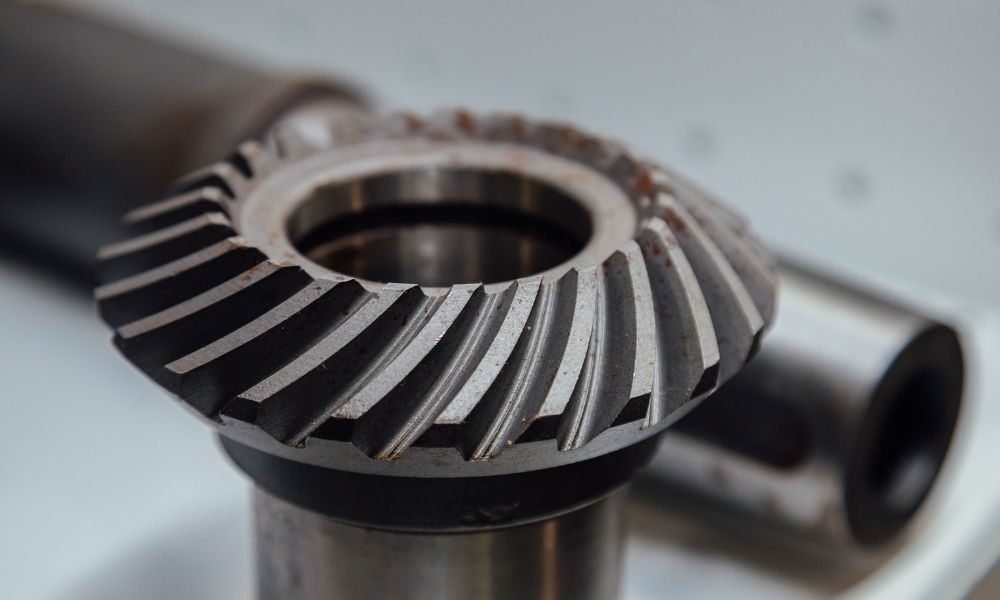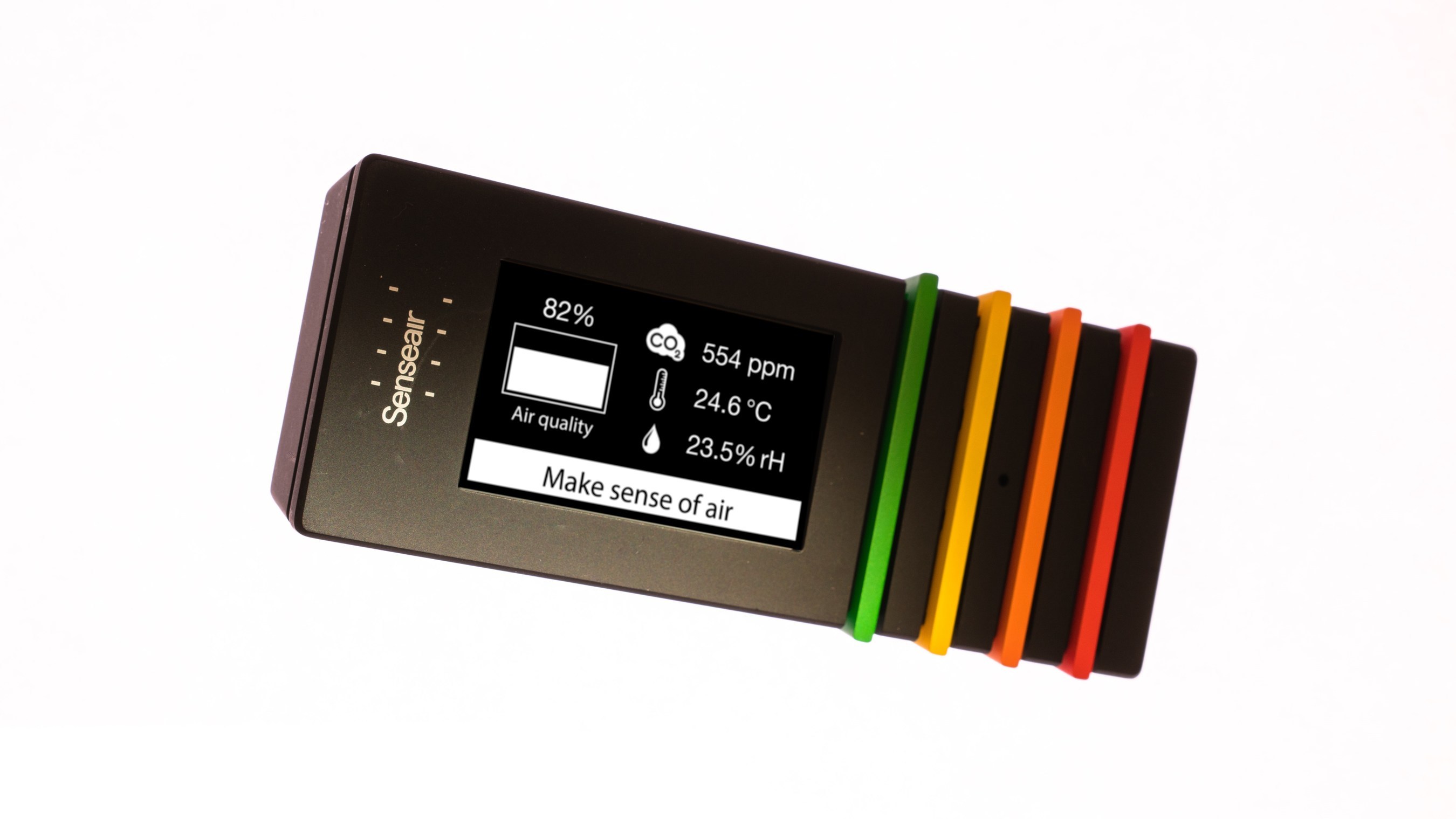What Are the Different Types of Plastic Gears?

Gears work to help various types of machinery operate. The purpose behind gears is to provide an easy way to transfer force through machines to achieve the desired outcome. Also, you can tweak the gears’ momentum however you see fit. Here’s what the different types of plastic gears are and how they function. You’ll get a better idea of what they can do.
Spur Gears
These gears are the most used of all four types. They’re extremely easy to identify. The teeth can be straight or spiral cut. They typically mount parallel to one another on their axis and transfer movement between two shafts with no thrust. The only force generates in the axle direction. If you use plastic spur gears, you’ll need a baseline knowledge of how to safely maintain your plastic gears to keep them operating and avoid buying new ones prematurely. The same goes for other materials, so pay attention to what care various types of spur gears need.
Bevel Gears
These have conical shapes and teeth that can be straight or spiral shaped. Two intersecting spiral bevel gears transfer energy while changing the movement axis. Most often, these are in power tools and automotive engineering, as these benefit from the axis change that bevel gears introduce within a compact space.
Rack and Pinion Gears
These gears take the rotational movement and force it into a linear motion that you can use for short oscillating strokes. These gears are common in things like steering wheel systems, lifting machines, and conveyors.
Planetary Gears
Also known as internal gears, planetary gears have teeth that cut around the inner circle diameter of one gear. And with the help of a spur gear, it runs around the diameter of other gears. This unique setup is useful for automotive gearboxes.
There’s a plethora of combinations that gears work in daily, depending on how complex the machinery is that they’re in. These are the common functions of the gears we have given you. Now that you know the different types of plastic gears, you can use them and understand your machinery better.





